By PJ Parrish
Whenever I travel, I read. I mean, like a starving fool. I’ve given up trying to figure out why I don’t have a solid, disciplined reading habit here at home. Maybe I’m too distracted, and as you all know, reading — even for pleasure — requires you to purposefully set aside time. Sort of like being romantic within marriage. Or exercise.
So while in Italy for two weeks recently, I read like crazy. First up, in Rome, was a riveting history of how Michelangelo came to paint the Sistine Chapel ceiling. I’ve been fascinated by this ego-tug between artist and pope ever since I saw The Agony and the Ecstacy in 1965. Charleton Heston and Rex Harrison chewing up the scenery during the Italian Renaissance — che bello!
I never read Irving Stone’s bio-novel on which the film is based. Should have, but glad I didn’t because the book I did read, Michelangelo and the Pope’s Ceiling by Ross King was unputdownable. I found the book at one of our neighborhood library boxes two days before I left for Rome. Serendipity, indeed. One passage:
The pope grew so incensed at Michelangelo’s slow progress and impudent replies that he thrashed him with a stick. Michelangelo had wished to return to Florence for a feast day, but Julius stubbornly refused him permission on the grounds the artist had made so little headway on the project.
“Well, but when will you have this chapel finished?”
“As soon as I can, Holy Father,” replied Michelangelo.
This exchange turns up in the movie thusly:
Pope Julius: When will you make an end?
Michelangelo: When I am finished.
I think the screenwriter improved the dialogue here some, no? Which brings me to my point today. It never ceases to amaze me how much a movie and its book can differ. Sometimes the movie is a sad shadow of a book. But very often, the movie surpasses its source. Not in this case because for me, as much as I love the movie, King’s non-fiction account, as one review put it, wipes away the smudges from the story.
Once out of Rome and into the countryside, I delved into my second Italian literary adventure — Patricia Highsmith’s The Talented Mr. Ripley. We were in Tuscany, not Venice, yet being in tiny Italian aeries, I felt at times like I was hearing Ripley’s footsteps echoing on the wet cobblestones.
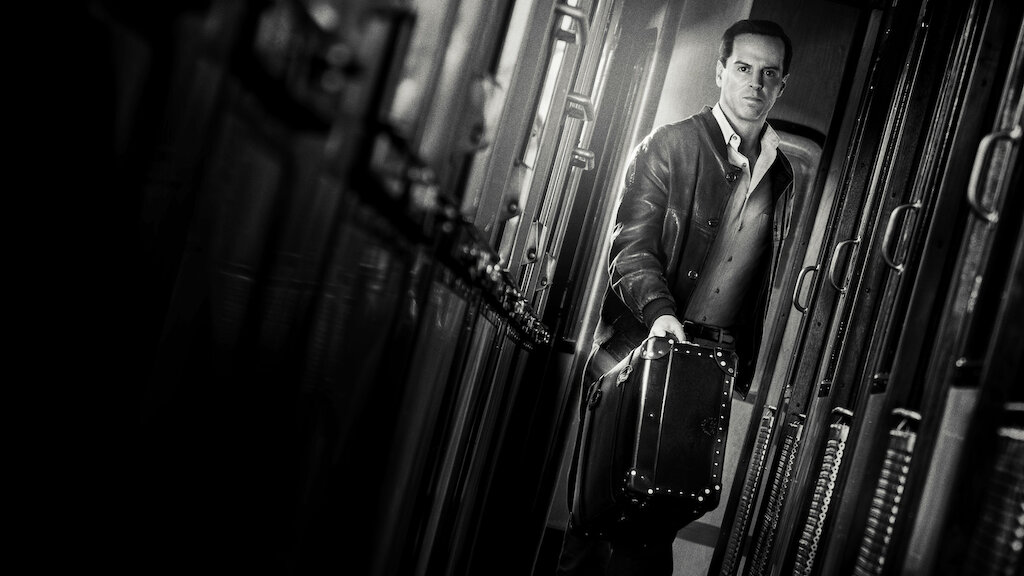
Now I really like the movie with Matt Damon and Judd Law. But I was riveted by the new Netflix series Ripley. The latter’s black and white cinematography (above) is just stunning. Chiaroscuro — a lovely Italian word that translates as “light-dark” — is a film technique wherein contrasts are sharpened to a haunting effect, often to stress a character’s moral ambiguity. Ripley reminded me of one of my favorite characters, Harry Lime in The Third Man. It’s another noir masterpiece that uses the chiaroscuro technique.
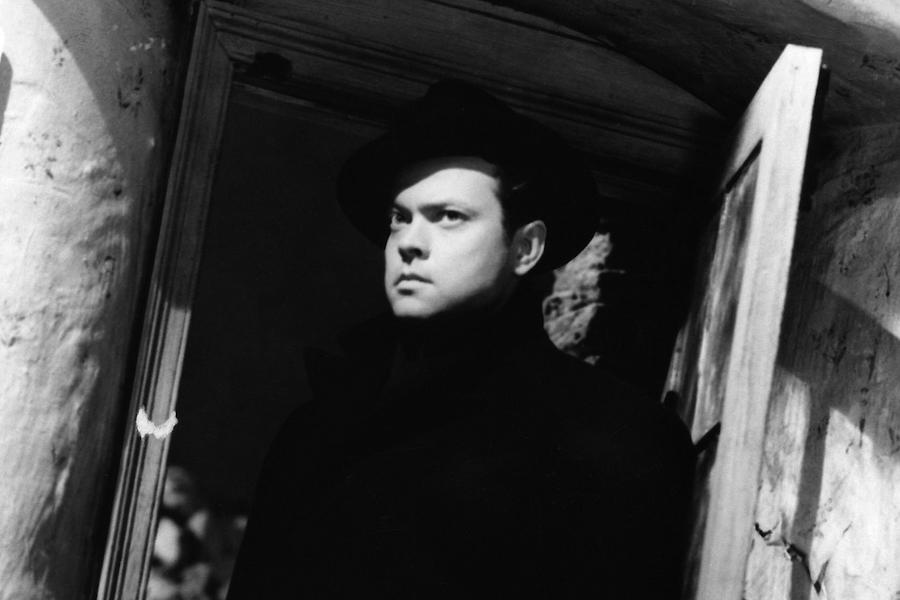
But it also brought to mind The Godfather. Though shot in color, the movie’s contrasts of light and dark symbolize the battle of good and evil waging not just in the Corleone clan but in all men. Cinematographer Gordon Willis was renowned for this style. Director Coppola said of Willis: “Like a Renaissance painter, his images are bold, striking.”
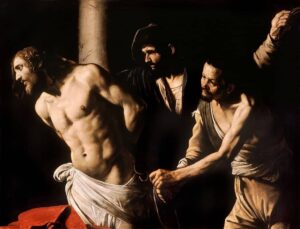
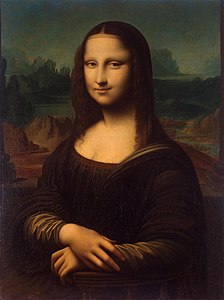
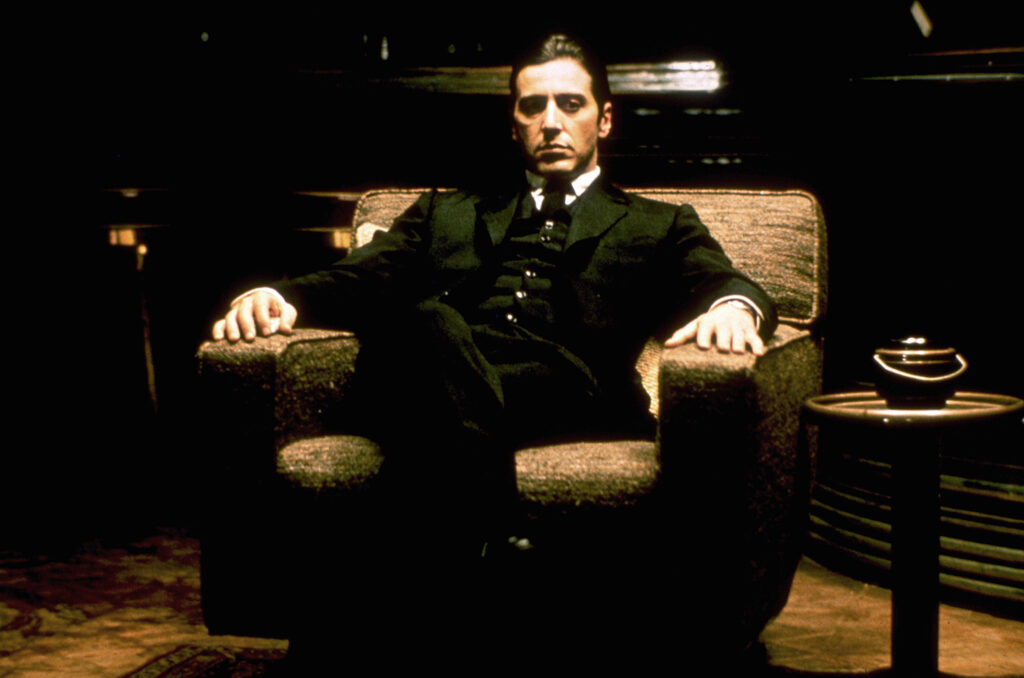
Chiaroscura is a Renaissance concept, of course. Da Vinci used it to turn Lisa del Giocondo into a cheshire cat. Caravaggio, who Ripley is obsessed with, used it to bathe his religious figures in holy light in contrast to lowly humans. But I digress…
I am still finishing Patricia Highsmith’s novel. This is from her book, just after Tom has bashed in Dickie’s head and scuttled the boat in an isolated cove:
At sundown, just the hour when the Italians and everybody else in the village had gathered at the sidewalk tables or the cafe, freshly showered and dressed, staring at everybody and everything that passed by, eager for whatever entertainment the town could offer, Tom walked into the village wearing only his swimming shorts and sandals and Dickie’s corduroy jacket, and carrying his blood-stained trousers and jacket under his arm.
Has there ever been a more captivating sociopath? I am loving this book, just as I have loved all three Ripley movies. Yes, there is a third — Alain Delon as Tom Ripley in the 1960 French thriller Plein soleil (Full Sun). No one knows what it’s like to be the bad man, behind blue eyes.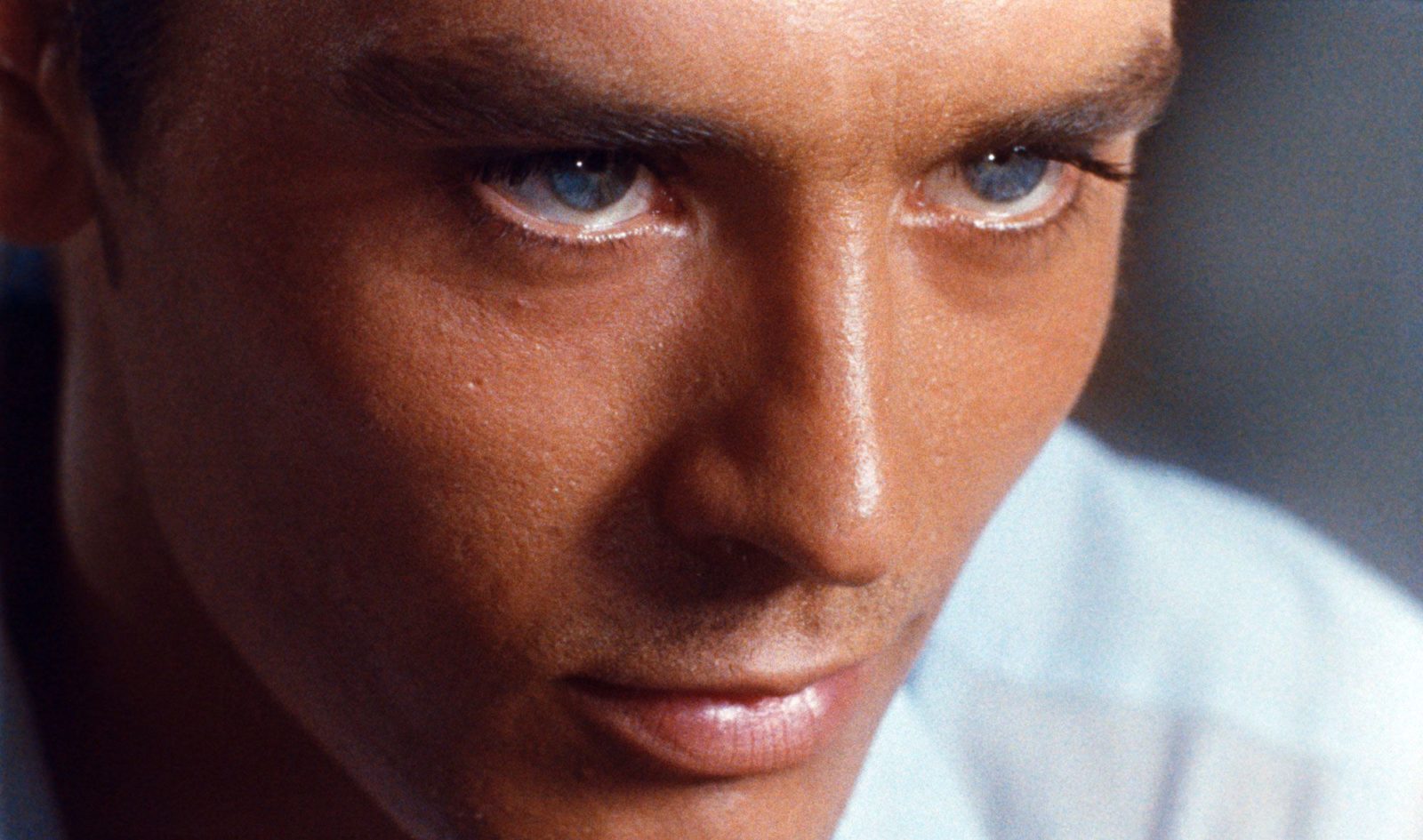
Highsmith’s book is one example, I can attest, where the movies equal the book. And the book does not disappoint.
Whew. Just re-read this post. A little winded and wandering again. Hope you don’t mind. But I had a great time in Italy with Michelangelo and Tom. I leave you all with an open-eneded but related question:
What books have made for really bad movies? Or more intriguing, what movies turned out better than their books? I’ll start: The Bridges of Madison County. Which is a long long ways from Rome.
_________________
Postscript: Archie the condo-bound chihuahua, having a field day in the hills of Tuscany.


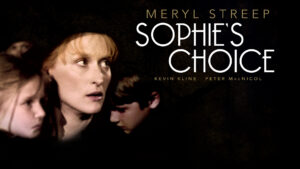 In his famous (or infamous, depending on your point of view) monologue at the 2020 Golden Globes, Ricky Gervais said:
In his famous (or infamous, depending on your point of view) monologue at the 2020 Golden Globes, Ricky Gervais said: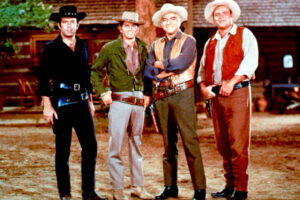
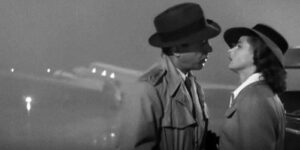 The latter choice is the only moral one. Rick would not just be taking another man’s wife, he would be hurting the war effort by sending a spear through Laszlo’s heart.
The latter choice is the only moral one. Rick would not just be taking another man’s wife, he would be hurting the war effort by sending a spear through Laszlo’s heart.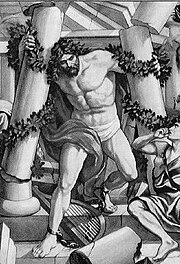 Samson kills himself kills himself three thousand Philistines by bringing down their temple. He becomes a heroic example for the Israelites.
Samson kills himself kills himself three thousand Philistines by bringing down their temple. He becomes a heroic example for the Israelites.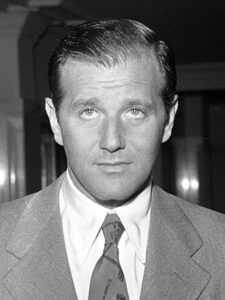







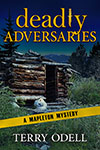
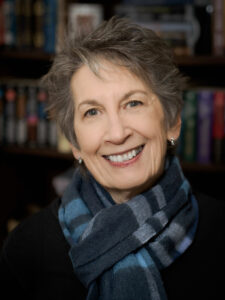








 How to describe a character’s emotions is, of course, one of the most important tools in the fiction toolbox, right next to the plot caulk, the dialogue drill, and the scene saw.
How to describe a character’s emotions is, of course, one of the most important tools in the fiction toolbox, right next to the plot caulk, the dialogue drill, and the scene saw.
